Name Bryan Hunt | ||
 | ||
Books Conversations with Nature: 12 Drawings and 12 Photographs to be Viewed in Random Order Education Otis College of Art and Design, University of South Florida | ||
The mist meet bryan hunt ft okezie morro character profile
Bryan Hunt is an American sculptor who was born in Terre Haute, Indiana on June 7, 1947. His family moved to Tampa, Florida in 1955. He worked at the Kennedy Space Center as an engineer's aide and draftsman, 1967-1968, during the NASA Apollo Program and the manned-mission to the moon. In 1968, he moved to Los Angeles to enroll in the Otis Art Institute, where he received a BFA in 1971.
Contents
- The mist meet bryan hunt ft okezie morro character profile
- CN TOWER by Bryan HUNT
- Career overview
- Early work
- Recent work
- Selected exhibitions
- Selected public collections
- Books
- Awards
- Publications
- References
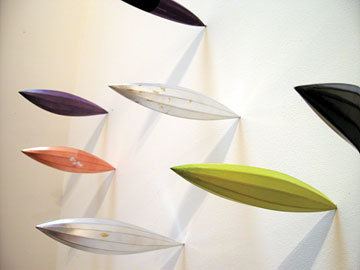
C.N TOWER by Bryan HUNT
Career overview
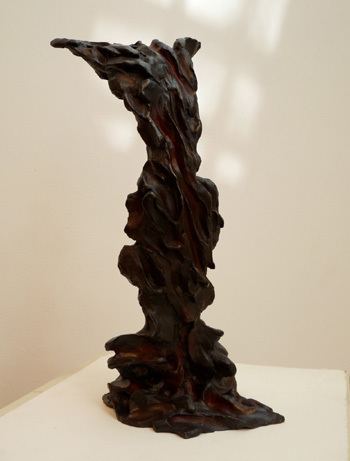
Hunt traveled to New York City and attended the Whitney Museum of American Art Independent Study Program in 1972. Hunt returned to Venice, California until 1976 when he moved to New York. In California, he had his first solo exhibition at Jack Glenn Gallery in Newport Beach in 1975, and soon after at the Clocktower in New York City. Hunt's first solo show in Europe, organized by artist James Lee Byars, was Empire State, Phobos, Universal Joint at the Palais des Beaux Arts in Brussels. In 1978 Hunt was included in the Solomon R. Guggenheim Museum's "Young American Artists." Hunt's work Big Twist was installed in the Museum of Modern Art's Sculpture Garden in 1978; it was later loaned to the White House for a temporary installation in the Rose Garden, at the request of First Lady Hillary Clinton. Hunt's first commissioned sculpture was in 1979 when Edgar Kaufmann, Jr. asked him to create a sculpture for Frank Lloyd Wright's famous Fallingwater House, or the Kaufmann House, in Western Pennsylvania. He was in the Whitney Museum Biennials in 1979, 1981, and 1985, and was featured at the 1980 Venice Biennale. Hunt was represented by Blum-Helman Gallery in New York from 1978 to 1991.
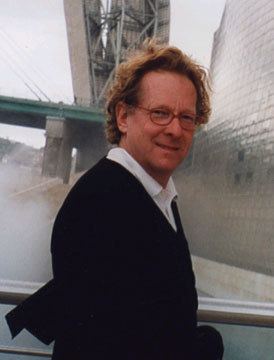
The City of Barcelona, Spain commissioned a sculpture in 1985. He lived part-time in Spain from 1985-1991 in his home in Mojacar, near Almeria. In 1992 FallLakeFalls, a public artwork, was installed at the Mori building, Shiroyama Trust Tower in Minato, Tokyo, Japan. Los Angeles philanthropist Eli Broad donated Hunt's Empire State Building to the Whitney Museum of Art, and it was included in the museum's Centennial exhibition (1900-2000) with about 70 other significant artworks.

In 2006, the New York City Parks Department commissioned an artwork, Coenties Ship, for Lower Manhattan at the historic Coenties Slip. The 20 foot high stainless steel and glass sculpture was awarded the New York City Design Excellence Award (2006). Hunt created and installed ten Waterfall sculptures on Park Avenue in New York City between 52nd and 57th Streets, in 2011, part of a changing public art outdoor exhibition. In 2014 Hunt was commissioned to create a sculpture, Axis Mundi, for the new One World Trade Center, New York.
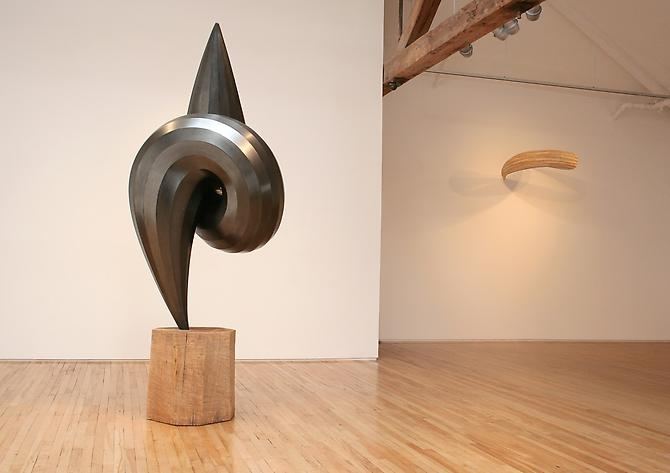
Hunt's work is included in many distinguished private collections around the world.
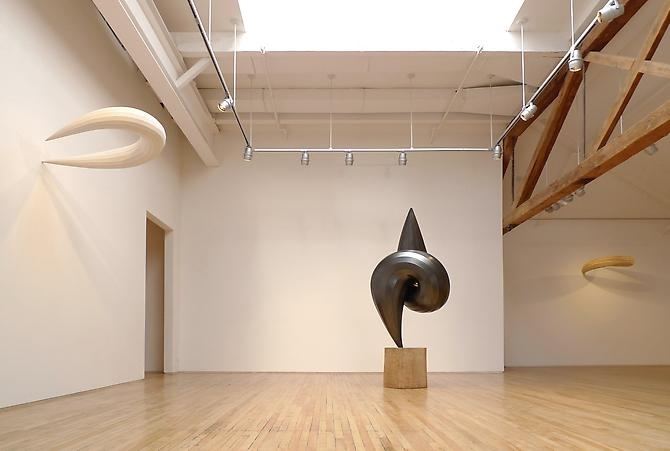
He lives and works in Wainscott, New York, and also maintains a studio in New York City.
Early work
One of Hunt's first "translations of modern spatial concepts into sculptural form was Empire State Building with Hindenburg (1974), in which a facsimile of the ill-fated zeppelin is tethered to an eight-foot-high replica of the Empire State Building."
Recent work
Hunt's recent work includes Axis Mundi, 2014, installed in the 64th floor Sky Lobby, in the new One World Trade Center building in New York City.
ARTnews reports that "Bryan Hunt has since 1974 returned repeatedly to the 'airship' motif." The article continues, "This enterprising exhibition presented an opportunity to compare his variations on that motif and see where they fit in his highly prolific, wide-ranging career." The airships were constructed of silk paper over light spruce or balsa wood frames, then lacquered in various colors or covered in metal leaf. "Hunt has used the airship to explore a broad spectrum of references and meanings."
"A trio of tall, narrow sculptures study the way water flows, and eddies, and thickens around an obstacle or a curve. The large-scale pieces are called "Flumes", and, like Hunt's "Airships" series, they toy with volume and weight, the way basic elements—water, air—take up space and can be contained (or not)," reported The New Yorker in a review of his solo exhibition at Danese Gallery in 2006.
